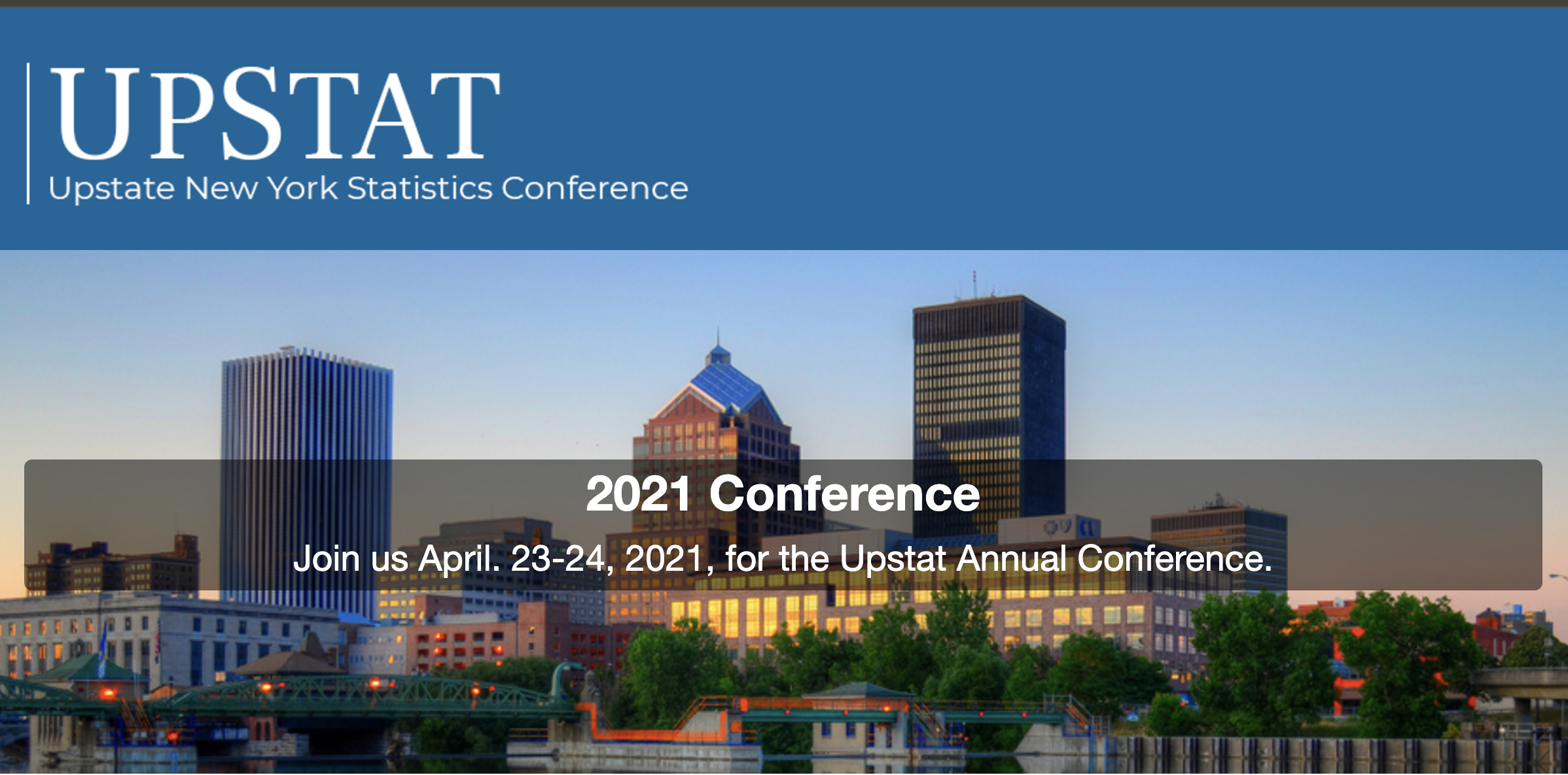Since its inception in 2012, the UPSTAT Conference has been a cornerstone event for statisticians and data scientists across upstate New York. The conference rotates between institutions like the University of Rochester and RIT, bringing together faculty, students, and professionals to share knowledge and foster collaboration. However, this rotating hosting model posed unique challenges for maintaining a cohesive and professional online presence year after year.
Tackling the Challenge of Decentralized Websites
I joined the UPSTAT team in early 2021 at the invitation of Dr. Ernest Fokoué to develop a robust and user-friendly registration website for the conference. Historically, the hosting institution’s web team managed the conference site, but this arrangement often led to delays and inconsistencies. Faculty, juggling heavy workloads, would sometimes initiate website updates too late for the university’s web teams to respond effectively. Furthermore, without a dedicated conference site, there was no central archive to preserve UPSTAT’s growing history.
To address these challenges, we explored several hosting options, ultimately deciding to leverage the American Statistical Association’s (ASA) central CMS for chapters. This solution offered credibility through the ASA’s subdomain while allowing us to create a unified identity for the conference.
Customizing the ASA CMS
The ASA’s CMS provided a solid foundation with its WYSIWYG editor and page-building tools, reminiscent of platforms like WordPress or Joomla. However, to meet the conference’s unique needs, I extended the system with custom JavaScript and CSS. This allowed us to align the site with UPSTAT’s branding while maintaining compliance with ASA guidelines.
Key customizations included:
- Bootstrap Carousel: A clean, professional slideshow for highlighting conference images.
- Interactive Schedule: Using Bootstrap components like accordions, I created an intuitive, mobile-friendly schedule that enhanced user experience. The 2021 schedule, for example, is a testament to this work: View Schedule.
Simplifying Registration and Abstract Submission
For registration, we integrated Eventbrite, a cost-effective and user-friendly solution. Eventbrite handled payment processing seamlessly, while the UPSTAT site hosted all other registration information, keeping the user journey cohesive. This approach eliminated the overhead of developing and maintaining a custom registration system, allowing us to focus on other aspects of the conference.
Abstract submissions were managed through Google Forms—an efficient solution that avoided the pitfalls of custom-built forms, such as security vulnerabilities and spam.
Adapting to the Pandemic
The COVID-19 pandemic in 2021 and 2022 brought unexpected challenges, requiring a swift transition to a virtual format. I contributed as a Zoom administrator, setting up a company domain for centralized session management and recordings. After the conference, we archived sessions on YouTube and Google Drive, ensuring long-term accessibility.
Reflections and Future Plans
From 2021 to 2024, the site became the central hub for UPSTAT, consolidating its identity and providing a consistent user experience. While I stepped back in 2024 for personal reasons, I’m excited to rejoin the team for 2025 to further enhance the site. This project has been a rewarding blend of technical problem-solving and strategic thinking, and I’m proud to have played a role in shaping the future of the UPSTAT conference.





